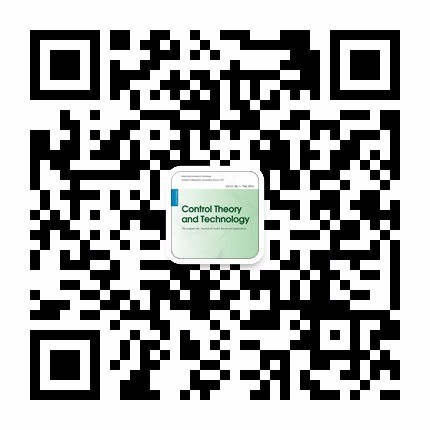| 摘要: |
|
| 关键词: |
| DOI:10.1007/s11768-010-8223-y |
| Received:December 02, 2008Revised:August 04, 2009 |
| 基金项目:The National Natural Science Foundation of China |
|
| Surrogate model-assisted interactive genetic algorithms with individual’s fuzzy and stochastic fitness |
| Xiaoyan SUN,Dunwei GONG |
| (School of Information and Electrical Engineering, China University of Mining and Technology) |
| Abstract: |
| We propose a surrogate model-assisted algorithm by using a directed fuzzy graph to extract a user’s
cognition on evaluated individuals in order to alleviate user fatigue in interactive genetic algorithms with an individual’s
fuzzy and stochastic fitness.We firstly present an approach to construct a directed fuzzy graph of an evolutionary population
according to individuals’ dominance relations, cut-set levels and interval dominance probabilities, and then calculate an
individual’s crisp fitness based on the out-degree and in-degree of the fuzzy graph. The approach to obtain training data is
achieved using the fuzzy entropy of the evolutionary system to guarantee the credibilities of the samples which are used
to train the surrogate model. We adopt a support vector regression machine as the surrogate model and train it using the
sampled individuals and their crisp fitness. Then the surrogate model is optimized using the traditional genetic algorithm
for some generations, and some good individuals are submitted to the user for the subsequent evolutions so as to guide
and accelerate the evolution. Finally, we quantitatively analyze the performance of the presented algorithm in alleviating
user fatigue and increasing more opportunities to find the satisfactory individuals, and also apply our algorithm to a fashion
evolutionary design system to demonstrate its efficiency. |
| Key words: Interactive genetic algorithms User fatigue Surrogate model Directed fuzzy graph Fuzzy entropy |

